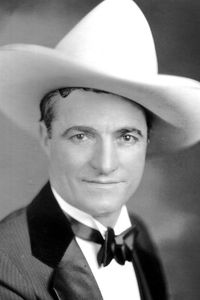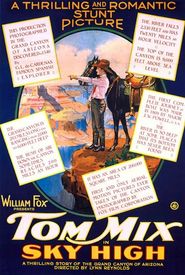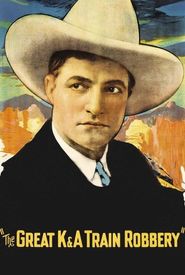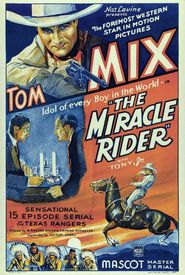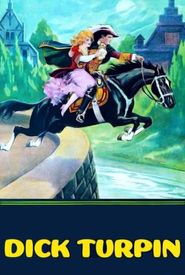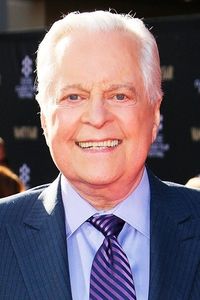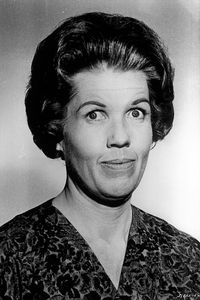Tom Mix, the son of a lumberman, embarked on a unique journey that would define his life and career. In his early years, Mix joined the army, serving as an artillery sergeant during the Philippine campaign from 1898 to 1901. Although he never saw action, Mix's time in the army was marked by a significant event - he deserted from the military. He kept this secret hidden, revealing little about his military service to the public.
As the years passed, Mix's life took a dramatic turn. He became the drum major of the Oklahoma Cavalry Band, performing at the St. Louis World's Fair in 1903. This experience led to a series of events that would shape his future. Mix worked as a bartender and sheriff/marshal in Dewey, Oklahoma, in 1904. He then joined various Wild West shows, including The Miller Bros. Wild West Show, Widerman show in Amarillo, Texas, and the Alaska-Yukon-Pacific Exposition in Seattle.
Mix's talent for riding and shooting horses caught the attention of Selig Pictures, and in 1910, he was hired to provide and handle horses for the company. This marked the beginning of his film career, as he starred in his first movie, Ranch Life in the Great Southwest. Mix continued to work with Selig Pictures until 1917, writing, directing, and acting in numerous films.
In 1917, Mix signed with Fox Films and remained with the company until 1928. During this period, he averaged five films per year, solidifying his status as a leading cowboy star. His popularity eclipsed that of other notable cowboy stars, including Hoot Gibson and William S. Hart.
One of the key factors contributing to Mix's success was his incredible horse, Tony the Horse. The films showcased Tony's impressive riding and shooting skills, captivating audiences worldwide. Mix's remarkable horse was more than just a prop; it was an integral part of his on-screen persona.
As the sound era approached, Mix's riding and shooting skills were still unmatched, but the introduction of sound and his advancing age began to take a toll on his career. He left the film industry after making a few pictures during the sound era, including The Miracle Rider in 1935. The serial was a huge success, grossing over $1 million and earning Mix $40,000.
In his later years, Mix toured with the Sells Floto Circus in 1930 and 1931 and the Tom Mix Circus from 1936 to 1938. Despite his success as a showman, the combination of the Great Depression and the high overhead of his traveling shows made it difficult for him to sustain a successful career.
Tom Mix's legacy extends beyond his films. He developed a unique style, emphasizing fast-paced action and thrills, which set him apart from other cowboy stars. Mix was known for performing his own stunts, adding an element of danger and excitement to his films. He was, without a doubt, the king of the cowboys during the 1920s.
Mix's popularity extended beyond the big screen. He remained a beloved figure on radio and in comic books for over a decade after his death in 1940. His life was marked by a mix of success and controversy, but he will always be remembered as a true legend of the American West.
